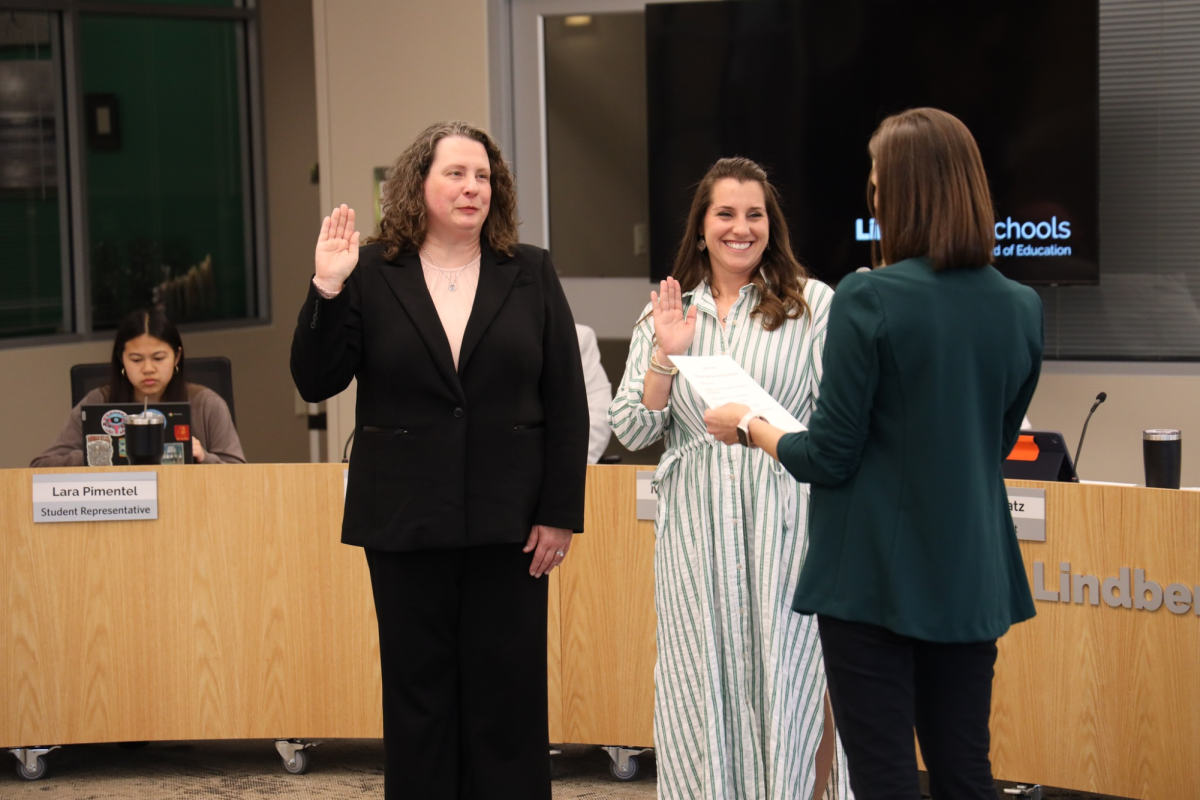As School Sisters of Notre Dame celebrate their 150th anniversary in the Archdiocese of St. Louis this year, they remember the life of the pioneering visionary who brought them to St. Louis.
Born Mary Friess in 1824 near Paris, Mother Caroline was among the first missionaries from the Poor School Sisters of Notre Dame in America.
She came to the United States primarily to teach German immigrants.
But it wasn’t long before she realized there was a need among Polish, Italian, Irish, American Indians and Hispanics to educate poor children and Mother Caroline was up for the challenge.
Today, the School Sisters credit Mother Caroline’s adaptability and vision for much of the growth of their congregation.
She told her European counterparts that the rules that governed the congregation could not be applied to the United States.
Adaptations had to be made. In Europe, the schools and convent were joined and the sisters were not allowed outside. But parochial schools in the United States were not like that. The sisters had to go outside to get to school.
She convinced her superiors in Germany to drop the word “poor” from the name of their order to fit American sensibilities.
“Our original title was Poor School Sisters of Notre Dame,” said Sister Carol Marie Wildt, archivist for the Motherhouse, 320 E. Ripa Ave. “When they came to the United States, they dropped the ‘poor’ from our title because there was a perception that if we were poor, we were not very good teachers. In our official title we are still the Poor School Sisters of Notre Dame.”
It was Mother Caroline who realized that to be relevant, the School Sisters had to teach boys as well as girls. In Europe, the sisters did not teach boys.
“In Europe, the sisters got up in the middle of the night to create the office,” Sister Wildt said. “Mother Caroline felt there was no way anyone teaching all day could get up in the middle of the night and create the office, then be ready to teach the next day. So she pleaded for us a number of ways in order for those adaptations to be made.
“Otherwise, we would never have expanded the way we did in the United States. During her lifetime, she founded more than 250 schools.”
First among those schools locally was St. Joseph in 1858 and finally St. Engelbert in 1891. Her schools would extend from New Orleans north to Milwaukee and fan out through the Mississippi and Missouri river valleys.
“The first and most urgent need of a parish is and always will remain the education and training of youth,” Mother Caro-line wrote in 1862.
In 1858, New Orleans was threatened with flooding when Mother Caroline visited. She boarded the steamboat Pennsylvania for the return trip to St. Louis.
“Sunday morning, June 13, I had just risen and dressed, when there was a tremendous crash and the bolted cabin doors burst open with great force. I went to see what happened and found there was an explosion,” Mother Caroline wrote in a letter to the Motherhouse in Milwaukee.
“My first thought was of Rev. Father Urbanek. I turned to go to his stateroom, but no trace of it remained,” she continued. “I stood aghast, for a moment, till the fire, crackling beneath my feet, warned me to make my escape …”
Of the roughly 500 souls on board, Mother Caroline was among the 160 who survived. The experience shook her and doctors provided her with anti-depressants.
“Yet, within a short time she was back on steamboats traveling rivers,” Wildt said. “She had a broad experience. She wasn’t limited to a particular nationality or culture. She was a very strong proponent of Catholic education.”
In the book “Running Waters” published in 1947, writer Covelle Newcomb wrote:
“Not many women of her day would have dared to go where Mother Caroline went, or as she went, journeying in the crudest, cheapest manner in crude company …
“Many a cross-country driver of wagon and stage, train conductor, canal, lake and river captain came to know the tall, silent woman whom no matter what the season, wore her customary traveling outfit, a black wool dress and black bonnet and carried a battered black satchel.”
The School Sisters of Notre Dame this year are celebrating their 150th year in America and 175th year as an order.
More than 3,700 sisters worldwide and more than 500 in the St. Louis Province belong to the School Sisters of Notre Dame.
The Motherhouse has been situated on Ripa Avenue since 1895.
Worldwide, the order serves the needs of poor people in 37 countries.
“Mother Caroline’s work lives on in the sisters, in the congregation and in those that we have taught,” Sister Wildt said. “Somehow, we have imbibed her spirit. A lot of what she lived is our role model, if you take all of us together, she still lives on.”























